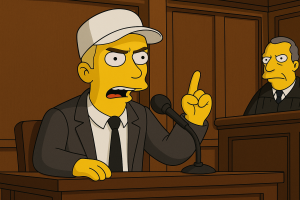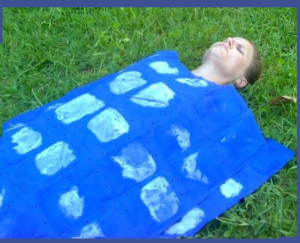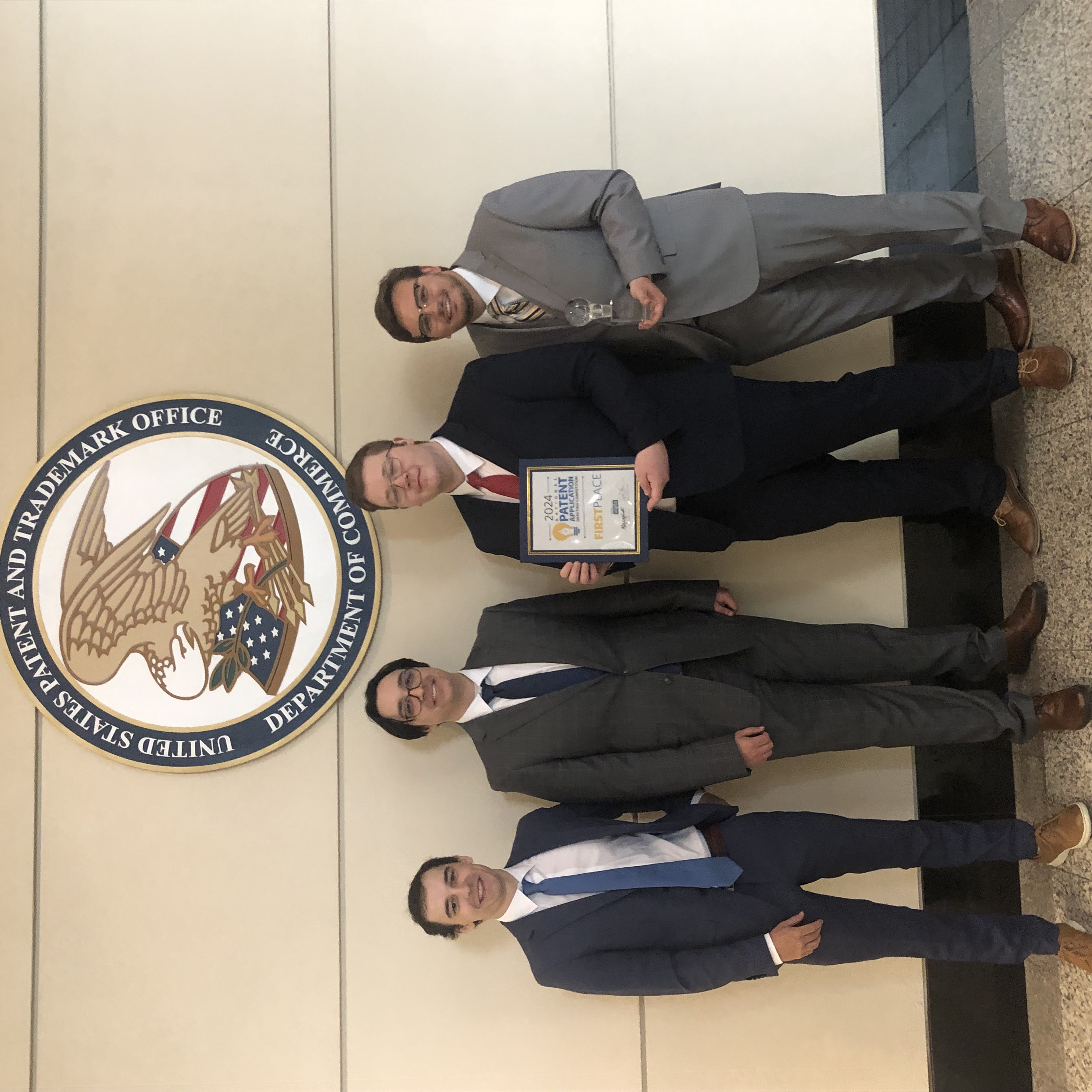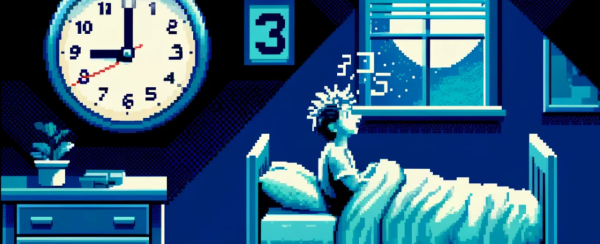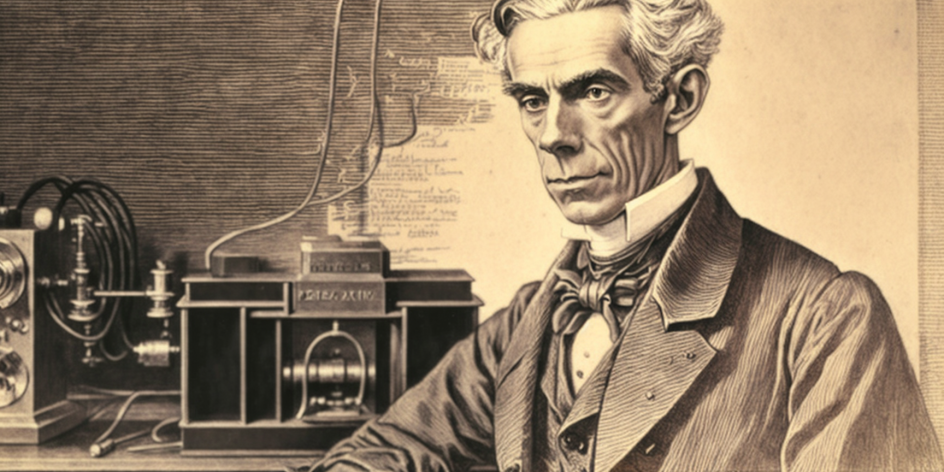By Dennis Crouch
Although most of our fare is IP related, I have also been keeping an eye on other Federal Circuit cases. On April 28, 2025, the Supreme Court hears oral arguments in one of those, Soto v. US, a case could significantly impact thousands of combat-disabled veterans seeking retroactive benefits. The Court will decide whether veterans can receive full retroactive Combat-Related Special Compensation (CRSC) payments or are instead limited to six years of backpay under the federal Barring Act.
Background: Marine veteran Simon Soto served in Mortuary Affairs during Operation Iraqi Freedom, where he retrieved fallen service members, often under combat conditions. This obviously stressful assignment led to severe PTSD, resulting in his medical retirement in 2006. In December 2008, the Department of Veterans Affairs rated him 100% disabled due to combat-related PTSD, which qualified him for CRSC under a 2008 program expansion that opened benefits to all medically retired veterans with combat-related disabilities.
However, Soto did not apply for these benefits until 2016, approximately eight years after becoming eligible. While the Navy approved his claim, it only provided retroactive payments dating back six years (to December 2010), citing the six year statute of limitations found in the "Barring Act." 31 U.S.C. § 3702. Soto argues that the CRSC statute itself (10 U.S.C. § 1413a) contains its own settlement mechanism that displaces the Barring Act's time limitation. The Barring Act provides "authority to settle claims" against the U.S. Government, and particularly identifies a settlement process with the six-year statute of limitations to be used "except as provided [by] another law." The question then is whether the CRSC statute does, in fact, provide, alternative settlement authority. The basic problem is that the CRSC statute does not expressly state that it is providing "settlement" authority and it contains no statute of limitations. On this second point, Soto suggests that the absence of a SOL is a feature
As I wrote last November, the Federal Circuit split 2-1 in reversing the district court's ruling in favor of Soto. Judge Todd Hughes, writing for the majority, applied a formalist approach requiring specific statutory language. Hughes concluded that nothing in the CRSC statute expressly supersedes the Barring Act, looking for "magic words" such as specific authorization to "settle" claims or an alternative limitations period. Judge Jimmie Reyna dissented, advocating for a more functional analysis that would benefit the disabled veterans. Reyna argued that the majority's test was unnecessarily rigid, pointing out that over a century ago, the Supreme Court defined "settle" in this context to simply mean making an administrative determination of the amount of money due on a claim. In his view, the CRSC process unquestionably meets that definition. This divide between Hughes and Reyna reflects a broader philosophical tension I've observed across multiple cases, with Hughes typically adopting a text-focused formalist approach and Reyna favoring a more purposive or justice-oriented analysis that considers practical impacts.
To continue reading, become a Patently-O member. Already a member? Simply log in to access the full post.

